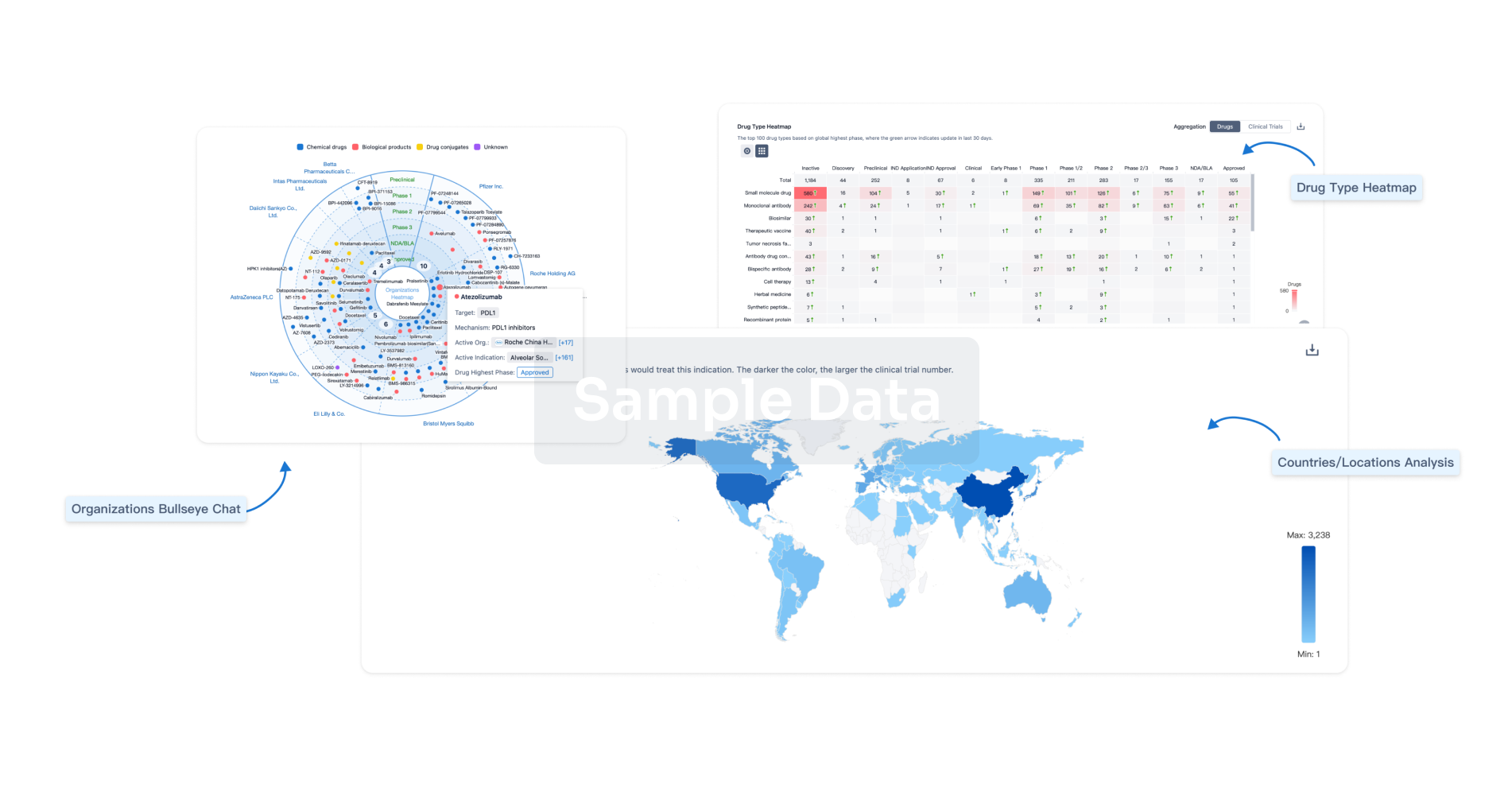Request Demo
Last update 08 May 2025
Long QT Syndrome Type 3
Last update 08 May 2025
Basic Info
Synonyms Long QT syndrome type 3, Long QT syndrome type 3 (disorder), 长QT症3型 |
Introduction- |
Related
1
Drugs associated with Long QT Syndrome Type 3Target |
Mechanism Nav1.5 blockers |
Active Org.- |
Originator Org. |
Active Indication- |
Inactive Indication |
Drug Highest PhaseDiscontinued |
First Approval Ctry. / Loc.- |
First Approval Date20 Jan 1800 |
2
Clinical Trials associated with Long QT Syndrome Type 3NCT02300558
A Phase 3, Single-Blind Study to Evaluate the Effect of Eleclazine (GS-6615) on Shortening of the QT Interval, Safety, and Tolerability in Subjects With Long QT Syndrome Type 3
The primary objective of this study is to evaluate the effect of oral eleclazine on mean daytime QTcF interval after 24 weeks of treatment with elecalzine in participants with long QT syndrome Type 3. During the single-blind treatment period (24 weeks), participants will receive eleclazine and/or eleclazine placebo. Following the single-blind treatment period, participants who have not permanently discontinued study drug will be eligible, at the discretion of the investigator, to continue receiving eleclazine during an open-label extension (OLE) phase.
Start Date17 Dec 2014 |
Sponsor / Collaborator |
NCT01728025
Long Term Prophylactic Therapy of Congenital Long QT Syndrome Type III (LQT3) With Ranolazine
The purpose of this study is to determine whether ranolazine will reduce the risk of arrhythmic events in patients with long QT syndrome type 3.
Start Date01 Oct 2012 |
Sponsor / Collaborator |
100 Clinical Results associated with Long QT Syndrome Type 3
Login to view more data
100 Translational Medicine associated with Long QT Syndrome Type 3
Login to view more data
0 Patents (Medical) associated with Long QT Syndrome Type 3
Login to view more data
217
Literatures (Medical) associated with Long QT Syndrome Type 301 Jun 2025·Journal of Molecular and Cellular Cardiology
Clinical and electrophysiological characterization of a SCN5A gain-of-function mutation associated with CPVT-like arrhythmia
Article
Author: Pantazis, Antonios ; Gummesson, Anders ; Golluscio, Alessia ; Nygren, Anders ; Bulmer, Linda ; Dahlberg, Pia ; Larsson, H Peter ; Nilsson, Michelle ; Pozzi, Serena
01 Mar 2025·Heart Rhythm
Systematic analysis of SCN5A variants associated with inherited cardiac diseases
Article
Author: Waldmann, Victor ; Le Guillou, Xavier ; Zouaghi, Amir ; Wahbi, Karim ; Ninni, Sandro ; Maury, Phillipe ; Beyls, Christophe ; Kubala, Maciej ; Garçon, Loic ; Laredo, Mikael ; Nambot, Sophie ; Denjoy, Isabelle ; Rooryck, Caroline ; Neyroud, Nathalie ; Jesel, Laurence ; Hermida, Alexis ; Schaefer, Elise ; Dupin-Deguine, Delphine ; Winum, Pierre-François ; Daire, Elise ; Richard, Pascale ; Sacher, Frédéric ; Charron, Philippe ; Waintraub, Xavier ; Magnin-Poull, Isabelle ; Extramiana, Fabrice ; Gandjbakhch, Estelle ; Ader, Flavie ; Khraiche, Diala ; Lesaffre, Francois ; Leenhardt, Antoine ; Marijon, Eloi ; Jedraszak, Guillaume ; Pasquie, Jean Luc ; Fressart, Véronique ; Proukhnitzky, Julie ; Lacotte, Jérôme ; Reant, Patricia ; Bloch, Adrien ; Rollin, Anne ; Klug, Didier ; Palmyre, Aurélien ; Ginglinger, Emmanuelle ; Defaye, Pascal ; Maltret, Alice ; Vernier, Agathe ; Clerici, Gaël ; Hermida, Jean-Sylvain ; Weber, Sacha
01 Mar 2025·HeartRhythm Case Reports
Exploring epicardial arrhythmogenic substrates in long QT syndrome type III overlapping with J-wave syndrome
Article
Author: Murohara, Toyoaki ; Shimojo, Masafumi ; Yanagisawa, Satoshi ; Tsuji, Yukiomi ; Inden, Yasuya
1
News (Medical) associated with Long QT Syndrome Type 315 May 2024
The majority of affected employees were notified yesterday, BioMarin said.
BioMarin had already announced plans to cut its pipeline in half, but now the company has confirmed that 170 employees are also leaving the building as part of the R&D restructure.
The Voxzogo and Roctavian maker revealed last month that it was halting four programs including BMN 331, a gene therapy being assessed in a phase 1/2 trial for patients with hereditary angioedema, and BMN 255, which was being evaluated in a phase 1 trial for metabolic dysfunction-associated steatohepatitis (MASH).
Two preclinical programs were also terminated: a monoclonal antibody called BMN 355 designed to treat long-QT syndrome types 2 and 3; and BMN 365, which was targeted at plakophilin-2 mutations and arrhythmogenic right ventricular dysplasia/cardiomyopathy.
Instead, the company is focusing on three programs that “met the highest bar for advancement.” They include BMN 351, a next-gen oligonucleotide in a phase 1/2 trial for patients with Duchenne muscular dystrophy, as well as BMN 349, a phase 1-stage oral small molecule for alpha-1 antitrypsin deficiency-associated liver disease.
The final program to have been spared the ax is BMN 333, a preclinical C-type natriuretic peptide being developed for multiple growth disorders.
The job cuts represent around 5% of the company’s workforce and are related to this “portfolio assessment,” a BioMarin spokesperson told Fierce Biotech in an emailed statement yesterday.
The layoffs, which the company’s management agreed on last week, are likely to incur pre-tax charges of around $15 to $20 million during the second quarter as a result of severance and other employee termination benefits, BioMarin explained in a SEC filing (PDF).
The majority of affected employees were notified yesterday, with the layoffs likely to be completed by the end of July, according to the filing.
“We are grateful to the impacted employees for their dedication to our mission of developing transformative medicines for patients,” the spokesperson told Fierce Biotech. “BioMarin is committed to providing support through this transition for those employees impacted.”
While BioMarin didn’t explicitly refer to any layoffs when the strategic rethink was outlined during first-quarter earnings in April, the company did say at the time that the pipeline restructure would save up to $60 million in R&D costs this year, offset by up to $20 million that will be spent on accelerating the prioritized programs.

Gene TherapyOligonucleotidePhase 1
Analysis
Perform a panoramic analysis of this field.
login
or

AI Agents Built for Biopharma Breakthroughs
Accelerate discovery. Empower decisions. Transform outcomes.
Get started for free today!
Accelerate Strategic R&D decision making with Synapse, PatSnap’s AI-powered Connected Innovation Intelligence Platform Built for Life Sciences Professionals.
Start your data trial now!
Synapse data is also accessible to external entities via APIs or data packages. Empower better decisions with the latest in pharmaceutical intelligence.
Bio
Bio Sequences Search & Analysis
Sign up for free
Chemical
Chemical Structures Search & Analysis
Sign up for free

